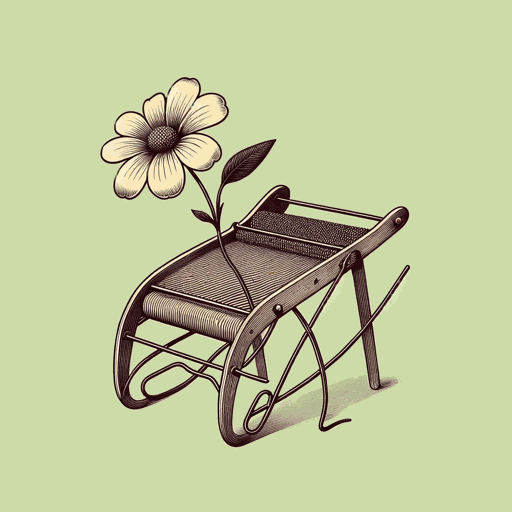46 pages • 1 hour read
Tera W. HunterTo ‘Joy My Freedom: Southern Black Women’s Lives and Labors after the Civil War
Nonfiction | Book | Adult | Published in 1997A modern alternative to SparkNotes and CliffsNotes, SuperSummary offers high-quality Study Guides with detailed chapter summaries and analysis of major themes, characters, and more.
Chapters 9-10Chapter Summaries & Analyses
Chapter 9 Summary: “Tuberculosis as the ‘Negro Servants’ Disease”
In Chapter 9, Hunter explores how tuberculosis (TB) “became a medium for ‘framing’ tensions in labor and race relations, with the rhetoric cloaked in scientific and medical legitimacy” (187). Because African-American women frequently worked in the homes of affluent and middle-class whites, the medical establishment blamed them for what was then a mysterious disease. Targeting African-American women as the agents of contagion gave white employers yet another means of exerting control over the labor and bodies. It fed into racist ideas about the origins of the disease.
Hunter discusses three important moments in the racialized discourse around tuberculosis: “the abolition of slavery in 1865, the validation of the germ theory, the discovery of the tubercle bacillus in 1882” (188).
A common and false narrative about the emancipation of slaves was that slaves suffered less from tuberculosis during slavery because African Americans had been well cared for by their masters and because slaves were confined to their supposedly natural rural habitat. Once African Americans gained their freedom and migrated to urban spaces like Atlanta, the story went that the incidence of the disease rose rapidly. Whites blamed free blacks’ interest in fashionable clothing, lack of rest due to too much time in dance halls, and even dirty churches for tuberculosis among African Americans.

